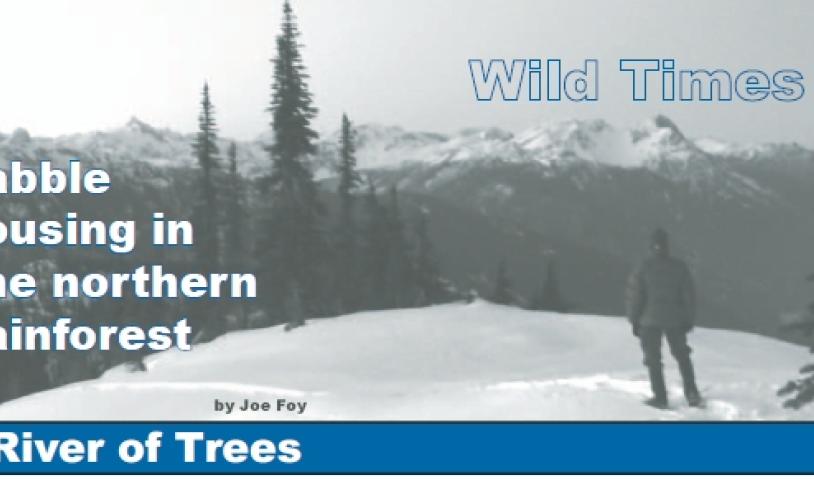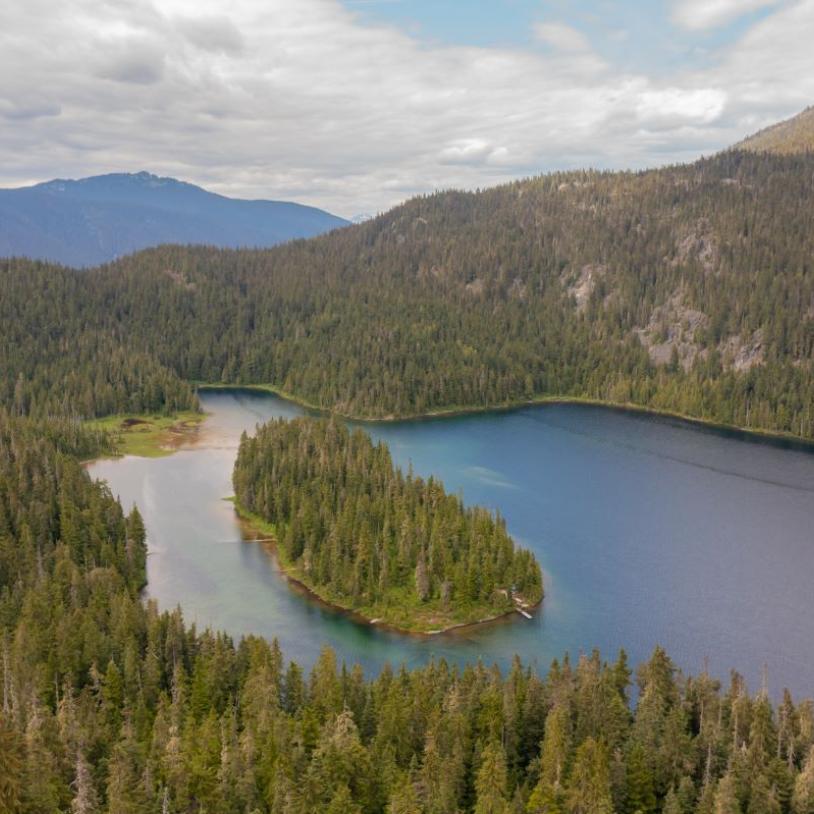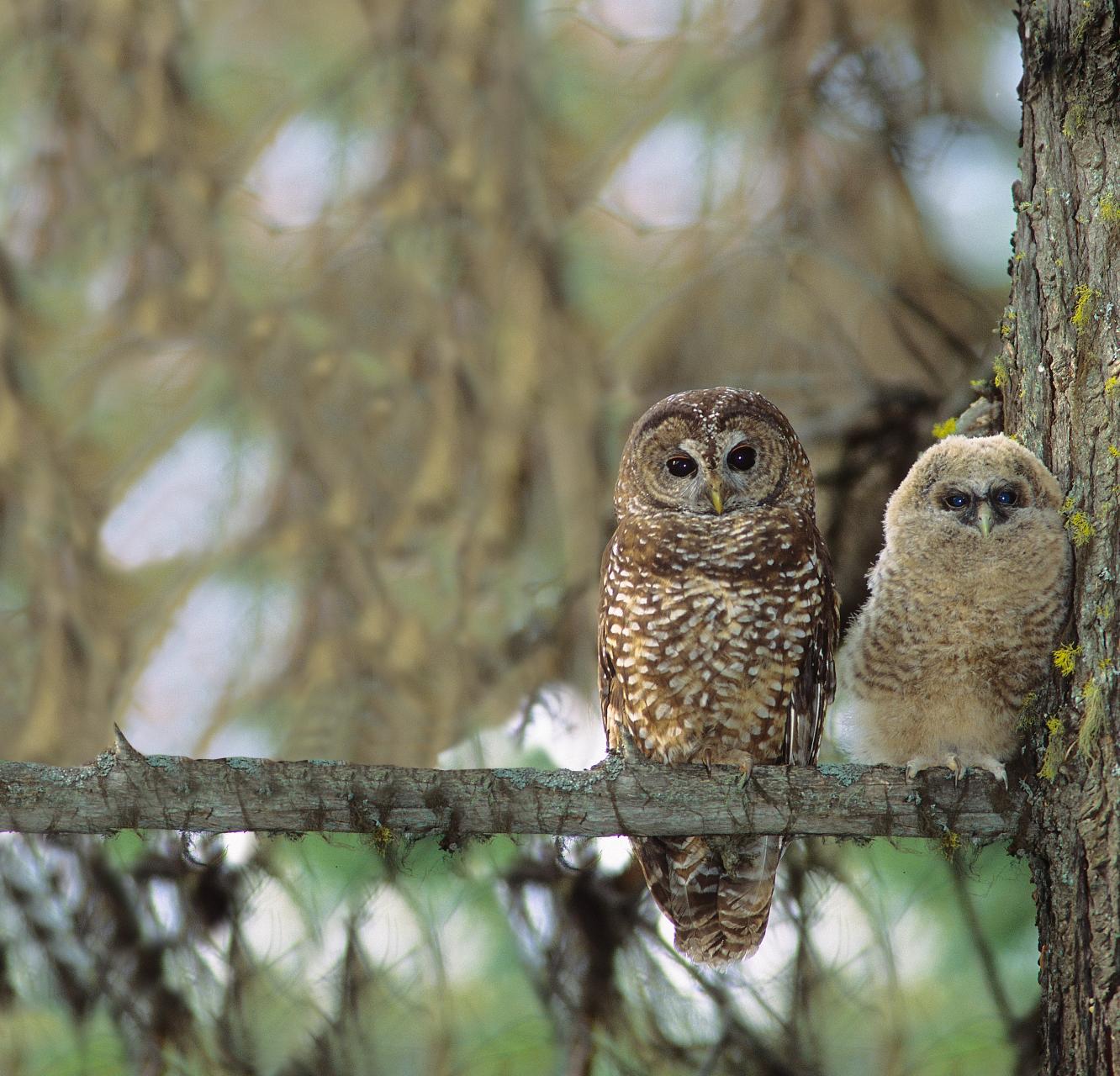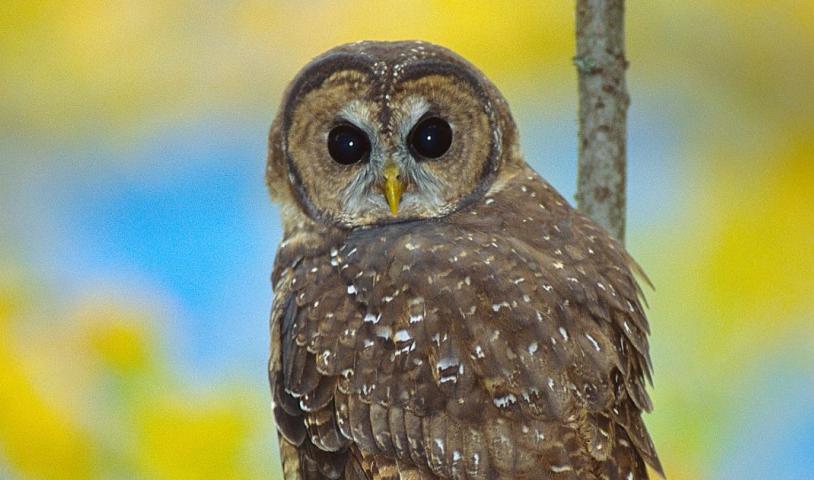A River of Trees ‑ Wild Times
Saturday, January 14, 2006
January 15th, 2006 - Read Joe Foy's Wild Times column in the Watershed Sentinel as he considers what our parks need to make them whole.
By Joe Foy
It’s funny how a change of view can help focus your mind. That’s exactly what happened to me on a recent snowshoe backpacking trip into Garibaldi Provincial Park.
It started with a car trip from Vancouver with a friend of mine, first to Whistler, then Pemberton and Mount Currie then down the gravel forestry road along Lillooet Lake and the lower Lillooet River to the eastern border of Garibaldi Park near Glacier Lake. We arrived about midnight, pitched our tent and settled in for the night.
In the morning we strapped on our snowshoes and backpacks and began hiking up a steep logging road towards the park boundary. The temperature hovered around freezing.
Did I say the logging road was steep? My oh my we were tired after a short time. Partly to chart our progress and partly as an excuse for rest breaks we would frequently stop to check our altimeter and mark on the map how high above sea level we were.
We started our hike at about 150 metres above sea level. As we moved up the mountain slope we were delighted to see all kinds of different animal tracks in the snow. Tracks of bear, cougar, deer and several smaller creatures all crossed the old logging road and disappeared into the surrounding forests of Douglas fir, red cedar and big leaf maple.
But, later in the day as we passed 1000 metres in elevation the only tracks to be seen in the snow were from the odd jackrabbit.
At the 1,500 metre mark we finally hit the end of the logging road and entered the park in an enchantingly beautiful and hauntingly quiet snow-encrusted forest of twisted yellow cedar trees and wind sculpted alpine firs. The temperature in the high country began to drop as soon as the sun disappeared behind the peaks. By 7 pm it was 15 below zero. No wonder so many creatures shun the high country in winter!
A day later, after pitching our tent for the night on a snowbound ridge at the 1,800 metre level, I snowshoed over to a bluff and looked down at the great expanse of the Lillooet River Valley far below.
Surrounding the valley as far as the eye could see were the icy peaks of the Coast Range. The valley bottom forests looked like a river of trees winding through the mountains. Here and there the forest river was constricted by fresh clearcuts.
I was thinking about all the critters that were living in that river of trees. And in particular I was thinking about spotted owls.
The Wilderness Committee and Sierra Legal Defence Fund have just released a report about the plight of Canada’s spotted owl population. Numbering about 500 breeding pairs before the start of commercial logging in southwest BC, owl numbers are now down to less than two dozen individuals and dropping, due to continued logging of their low elevation forest habitat. The biggest logger of their habitat is the BC government through its BC Timber Sales program.
The Canadian spotted owl population is hovering on the brink of extinction. A number of conservation groups have recently launched a federal court case in a bid to force the government of Canada to step in and save the owl forest that remains.
The groups have called for about 300,000 hectares of low elevation Lower Mainland older forests outside of parks to be preserved in order to save the spotted owl as well as a host of other forest dependant species.
From my mountaintop perch I could clearly see that Garibaldi, like so many of our provincial parks, does a pretty good job of protecting high elevation watersheds. But to conserve the full circle of life, its time to protect the river of trees found on the valley bottoms and lower slopes of Southern BC.
Joe Foy is Campaign Director for the Wilderness Committee, Canada’s largest citizen-funded membership-based wilderness preservation organization.





